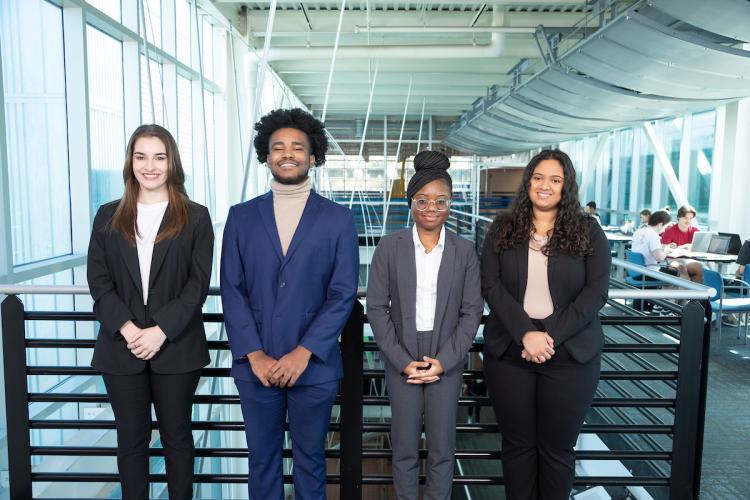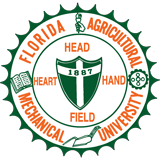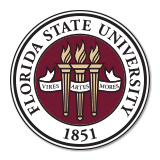
Human serum albumin (HSA) a cellular protein profoundly important in maintaining health and combating disease. It is derived from large pools of human plasma, so access to the protein is heavily dependent on available and acceptable donations. The medical community’s annual albumin request is about 500 metric tons worldwide, and the current source supply cannot meet such high demand. Additionally, such sources of albumin present potential dangers due to difficulty with ensuring donor traceability, in terms of an individual’s viral status. With the large shortage and overwhelming need in mind, we wanted to bridge the gap in knowledge of producing albumin without direct human involvement.
We produced a form of recombinant human serum albumin (rHSA) that is indistinguishable from human-sourced albumin, made via the most optimized industrial biopharmaceutical process. We divided the project into two sections: pharmaceutical applications and industrial operations. In the first section, the team grew rHSA by injecting the albumin gene into Escherichia coli
(E. coli) cells, and then studying the rate of growth in a controlled environment. Once the albumin proteins were extracted from the E. coli cells, we compared them with human-derived HSA with a western blot to detect and analyze varying proteins within the cell proved to be very effective.
For industrial operations, we modeled the process and efficiency of growing rHSA in a continuous flow, semi-batch and batch reactor. For further evaluation, we chose the reactor with the largest production rate of albumin.
We performed optimization by refining the growth model to reflect naturally occurring biological conditions from experimentally derived parameters found during pharmaceutical application efforts. We established a scale-up design of the optimized process to emulate a large-scale pharmaceutical company. Additionally, we did a financial analysis to show the feasibility of the system.
Amber Dotson, Emmanuel Scott, Kemah Tah, Victoria Heerah
Stephen Arce, Ph.D., Robert Wandell, Ph.D., Cesar Rodriguez, M.D.
FAMU-FSU College of Engineering
Spring

